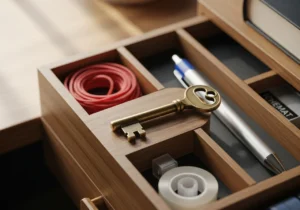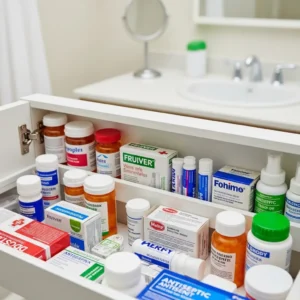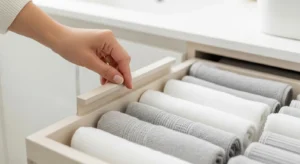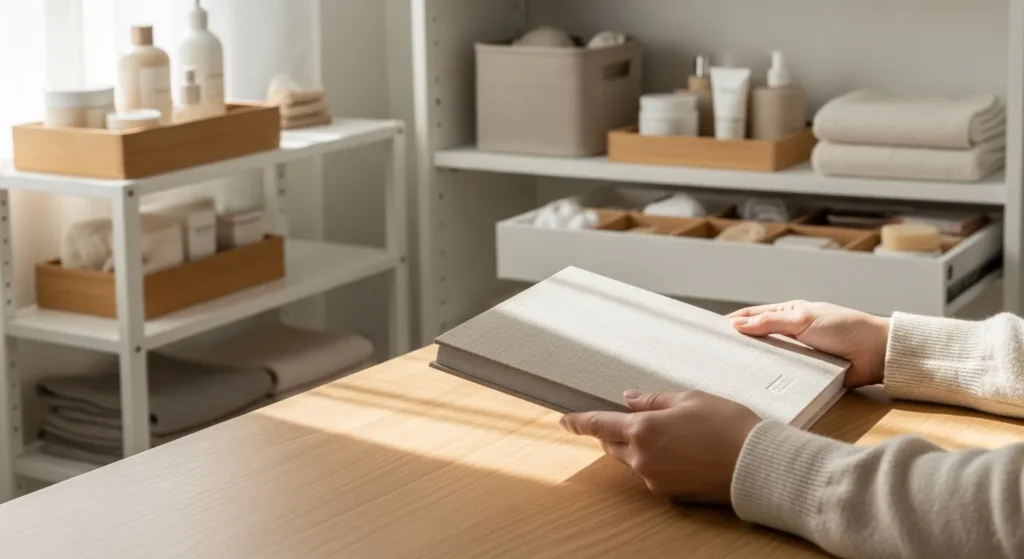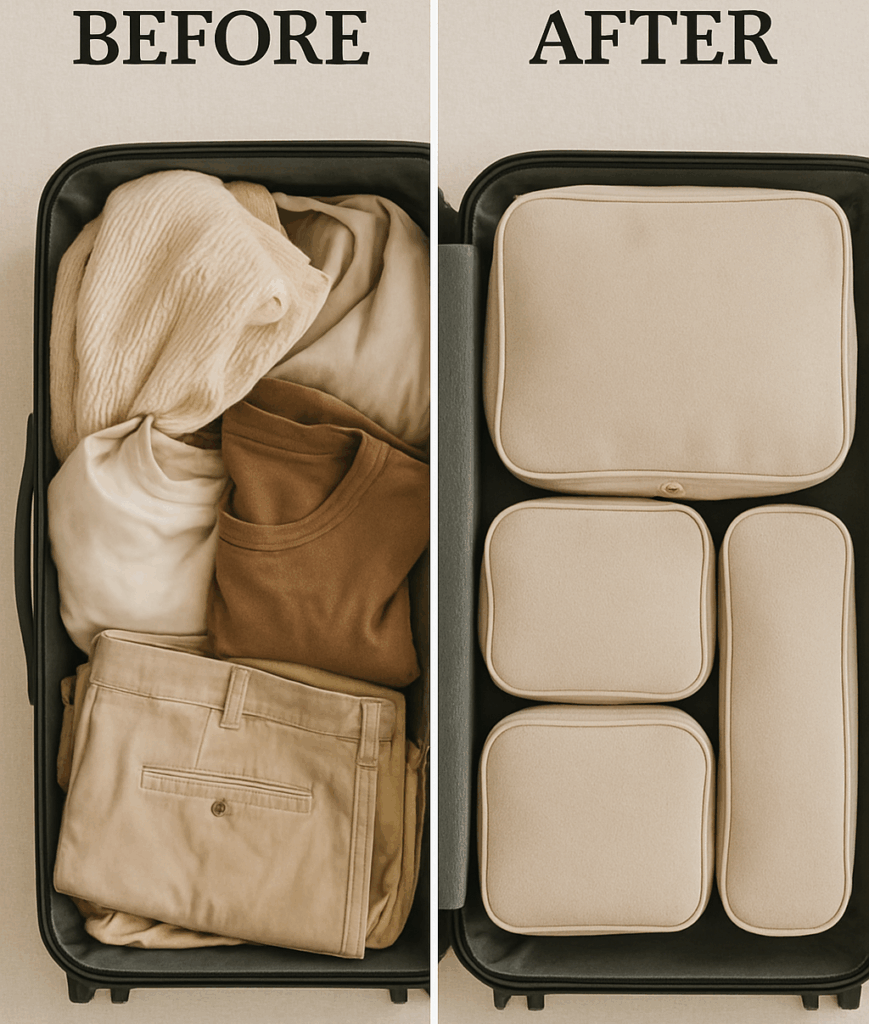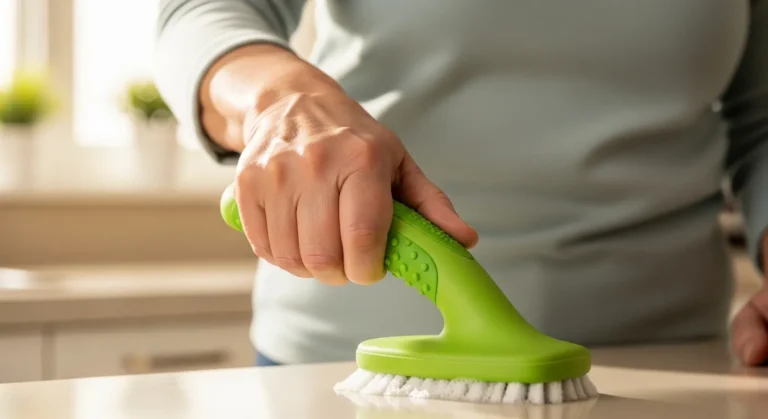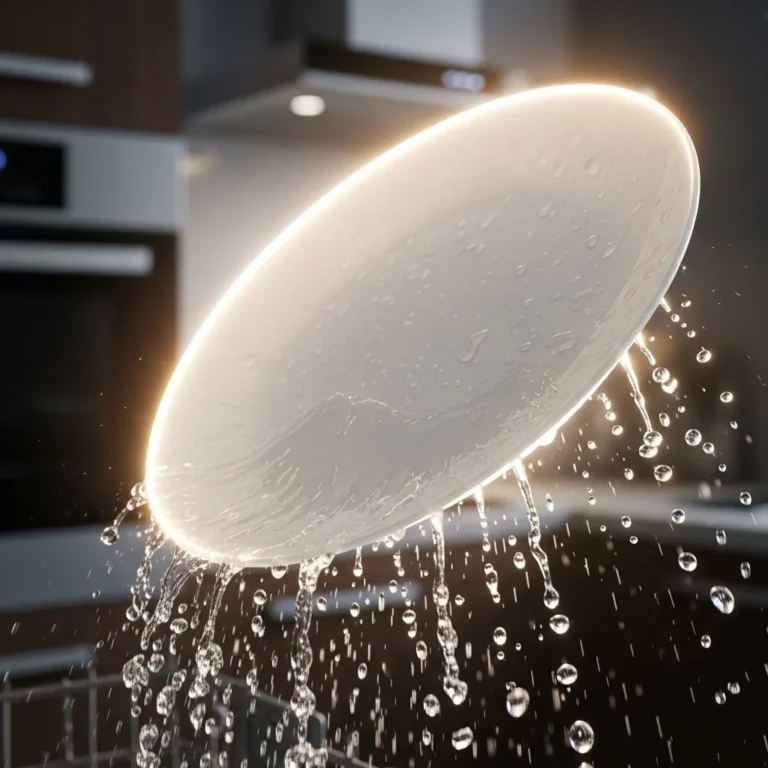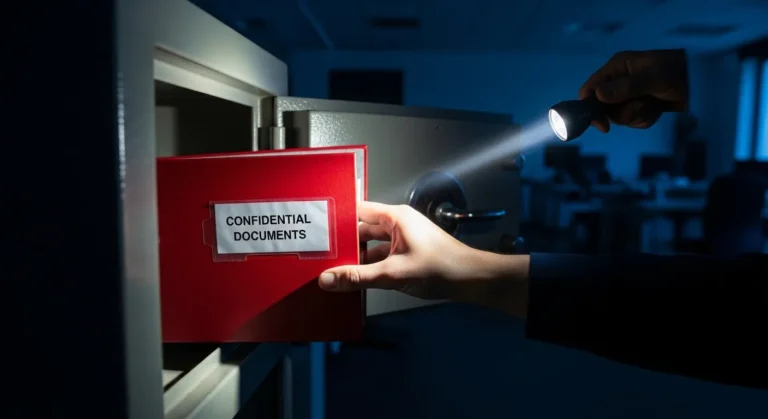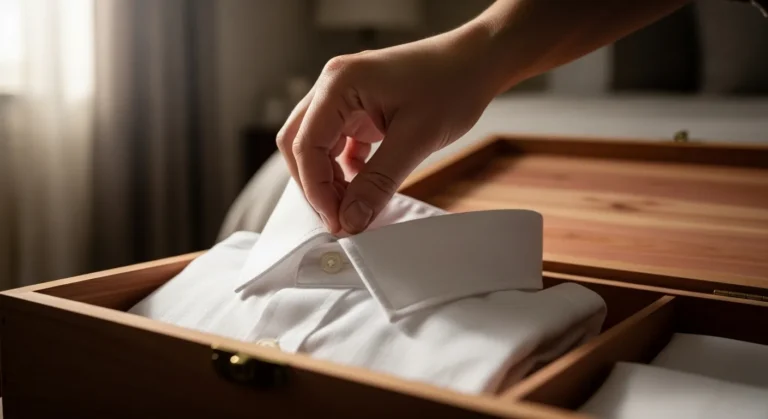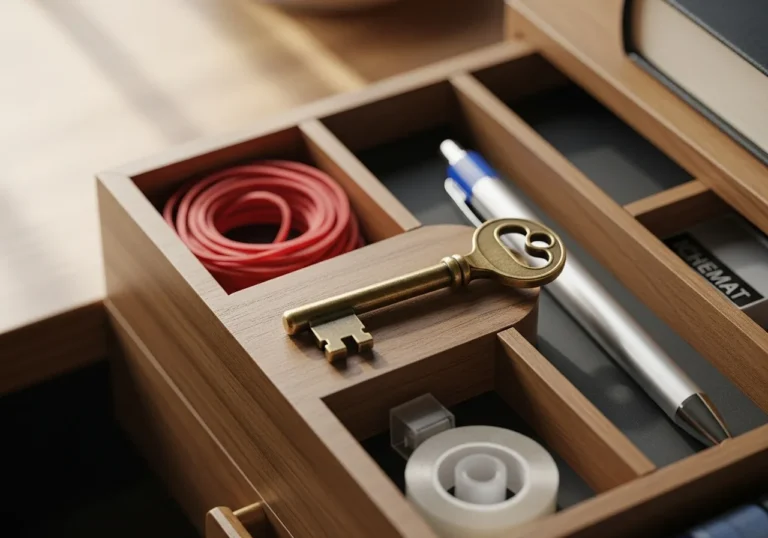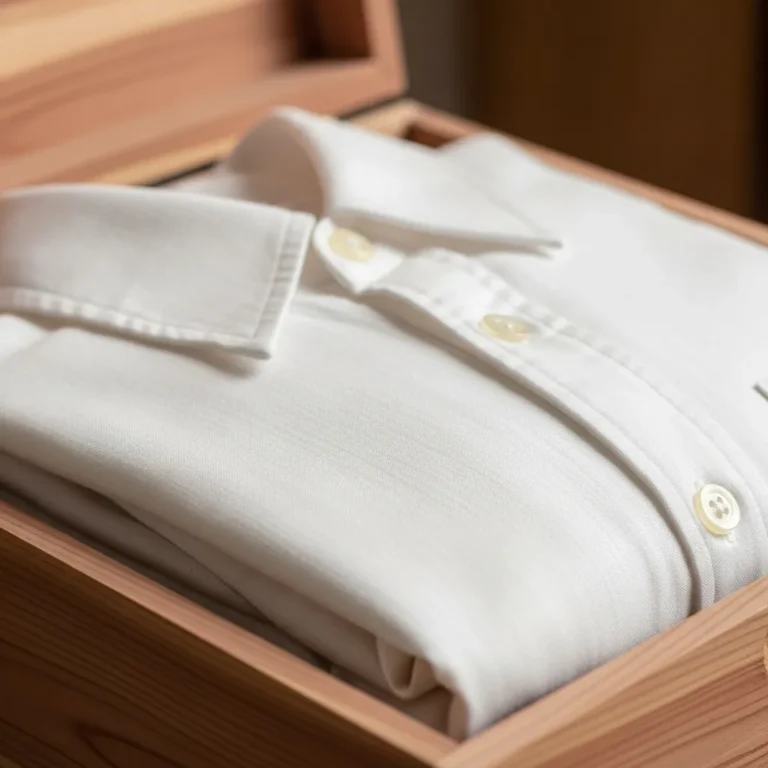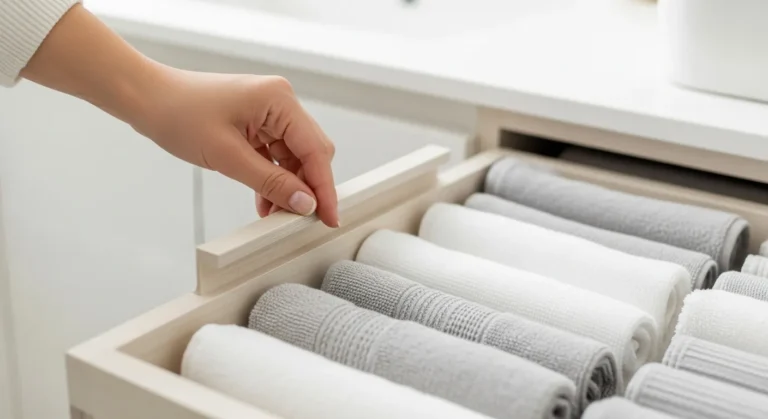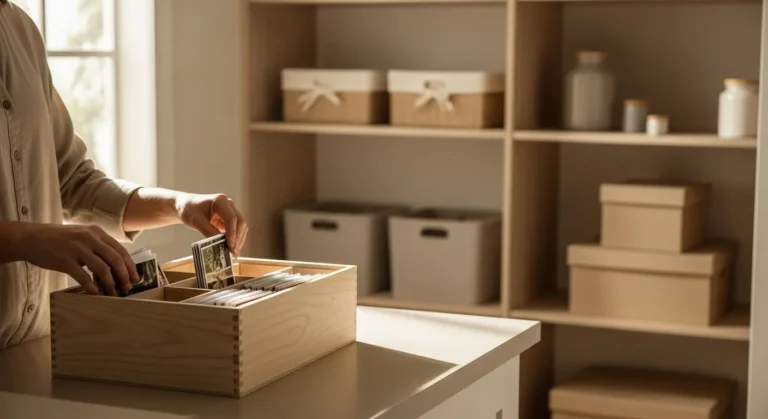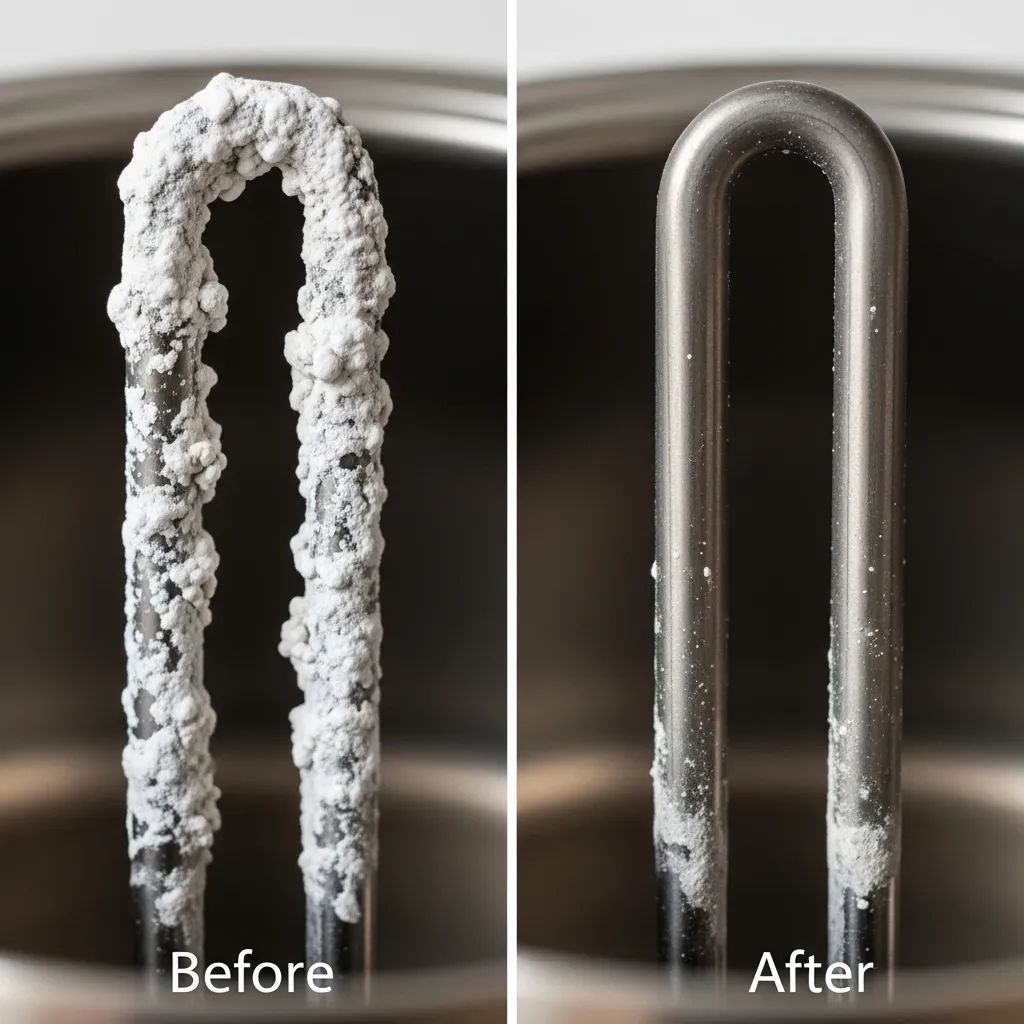
2. Descale Your Coffee Maker and Kettle for Better-Tasting Brews
If your morning coffee has started to taste a bit bitter or your kettle takes longer to boil, the culprit is likely mineral buildup, also known as “scale.” This is especially common in areas with hard water, where calcium and magnesium deposits accumulate inside your appliances over time. This buildup can clog water flow and affect the heating element’s efficiency. Thankfully, a simple vinegar rinse is a genius hack for dissolving these deposits and restoring your appliances to peak performance.
Why It Works:
The acetic acid in vinegar is a champion at breaking down the alkaline mineral deposits that form scale. It chemically reacts with the calcium carbonate, dissolving it into a solution that can be easily flushed away, all without the need for harsh descaling chemicals.
Step-by-Step Guide for a Drip Coffee Maker:
Before you begin, it’s always a good idea to consult your coffee maker’s manual. Most manufacturers provide specific instructions for descaling, and following their guidance is the best way to protect your appliance.
Step 1: Empty the Machine. Make sure there are no coffee grounds in the filter basket and that the carafe is empty.
Step 2: Prepare the Vinegar Solution. Fill the water reservoir with a solution of equal parts distilled white vinegar and water. For a standard 12-cup coffee maker, this might be around six cups of vinegar and six cups of water.
Step 3: Run a Half-Cycle. Start a brewing cycle as you normally would. Let the machine run until the carafe is about half full, then turn the coffee maker off.
Step 4: Let It Dwell. Now, let the machine sit for 30 to 60 minutes. This extended dwell time allows the hot vinegar solution to sit inside the machine’s internal components and work its magic on stubborn scale buildup.
Step 5: Complete the Cycle. Turn the coffee maker back on and let it finish the brewing cycle until the reservoir is empty. Discard the hot vinegar-water solution from the carafe down the drain.
Step 6: Run Rinse Cycles. This is a crucial step! You need to flush out all traces of vinegar to avoid a tangy surprise in your next cup of coffee. Fill the reservoir with fresh, clean water and run a full brew cycle. Discard the water. Repeat this rinsing process at least two or three more times, or until you no longer smell any vinegar.
For an electric kettle, the process is even simpler. Fill the kettle with a 1:1 solution of vinegar and water, bring it to a boil, and then let it sit for about an hour before pouring it out and rinsing thoroughly with fresh water.
How Often Should You Descale?
A good rule of thumb is to descale your coffee maker every one to three months, depending on how often you use it and the hardness of your water. If you notice the flow slowing down or your coffee isn’t as hot, it’s definitely time for a vinegar cleaning session.

